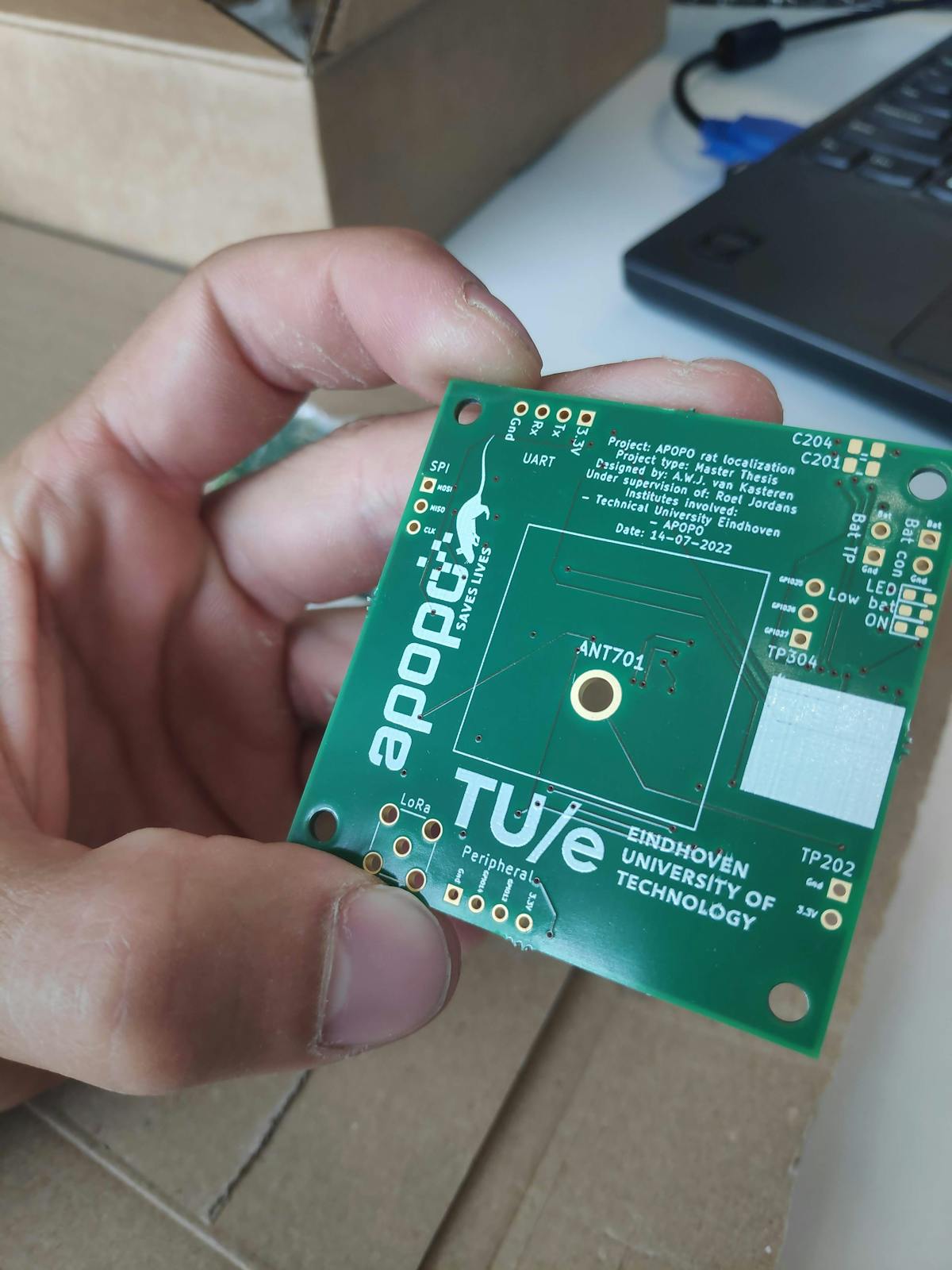The Rat Pack
Backpack-wearing rodents can locate victims in disaster areas and provide rescuers with their exact location, even under a pile of rubble.

In the aftermath of a disaster, such as an earthquake, tsunami, or landslide, finding and rescuing victims is the top priority. However, this can be an exceedingly challenging job, especially when the victims are trapped under rubble. In some cases, that rubble can cover vast areas and be several feet deep, making it difficult for rescue teams to assess the situation. In addition, the rubble can be unstable, making it dangerous for emergency personnel to even enter the area.
Also complicating the matter is the typical lack of operational communications and power infrastructure in disaster-stricken areas. This makes it difficult for rescue teams to coordinate their efforts and communicate with victims who may be trapped. Furthermore, if there is no power, search and rescue teams may need to rely on inefficient, manual methods, such as digging through rubble with their bare hands, to locate victims.
When every second counts, better methods for locating trapped victims are needed. Owing to their super-sensitive noses and small size that allows them to crawl into tight places, rats have been used to sniff out people in need of rescue. They may get a bad rap (it is hard to come back from having the Black Death pinned on you, after all), but aside from their unique physical abilities, they are also very intelligent and can be trained to perform some very useful tasks.

Of course there are limits to what they are capable of, however. A rat cannot exactly grab a walkie-talkie and alert rescuers when they find a trapped victim. For this reason, backpacks have been developed with equipment like microphones, cameras, GPS receivers, antennas, and more. Rats wearing these backpacks allow rescuers to get a view of the victim, communicate with them, and even get their precise geographical coordinates.
But what about that rubble, you say? It is true that GPS signals cannot be received beneath the rubble, which presently limits these backpack-wearing rats' ability to provide precise information. A graduate student named Bram van Kasteren at the Eindhoven University of Technology set about to find an alternate method that can cut through the debris to provide accurate geographical coordinates when GPS is not available. After testing a number of options, van Kasteren found that radio triangulation proved to be the best method of localization once a GPS signal is lost.
With the last known GPS coordinates providing emergency personnel with a ballpark estimate of where a victim is located, they can bring in a number of antennas and place them around the debris. At that point, a signal is sent from a radio transmitted in the rat’s backpack. The receiving antennas around the perimeter can individually gauge how strong the signal is, and that data can be fed into a software algorithm. That algorithm can determine the single point in space from which the signal originated. Only a few antennas are needed for triangulation, but accuracy can be improved by increasing the count.
At present, a team is testing the backpack out in fields near the university. After they finish fine tuning the design, they plan to incorporate piles of rubble into the experiments. If everything goes according to plan, their instrumented rats may be assisting rescuers in real life emergency situations in the future.
R&D, creativity, and building the next big thing you never knew you wanted are my specialties.


